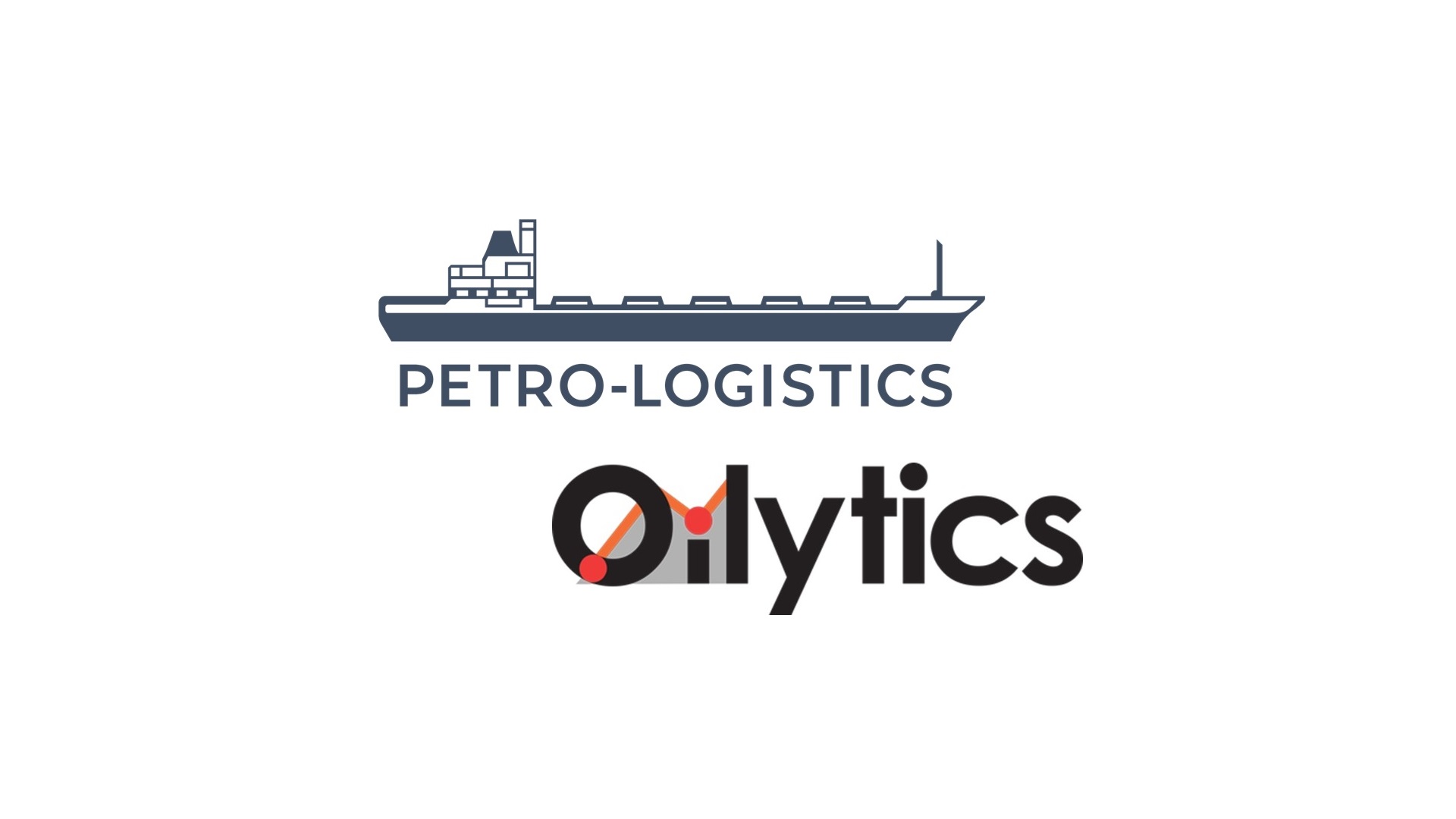OPEC vs Shale Round 3
Read in 4 minutes
It is hard to understate the impact of shale on the oil industry. From initial discovery to first production for a traditional major oil field can take a decade, often longer. US shale oil rose from near zero to five million barrels per day in less than half that time. To put that number in context, it is significantly more than any of the super major oil companies produces today and would place it as the second largest producer in OPEC, behind only Saudi Arabia.
Despite its impressive scale and achievements so far, shale remains an emerging technology and the improvements in performance efficiency have confounded forecasters at every turn. Attempts to correlate rig counts to production growth or declines or the impact of reduced prices on producer economics continue to often drastically underestimate production due to the pace of improvement in shale’s productivity.
With the down turn in prices and dramatic fall in rig counts, production from shale has fallen far less than expected. Lower hydrocarbon prices triggered new waves of experimentation by shale producers who have played with myriad variables to increase productivity and reduce costs. Variables such as lateral length, volume, size and cost of proppants, drilling and completion times, variable frac stage spacing along laterals, frac pressures, frac liquids, pad drilling and logistics have been explored to optimise producer margins according to the specifics of each play and zones within plays. The profligate nature of shale drilling activity means that lessons can be learned and applied very quickly, driving a far steeper learning curve than traditional in the industry. We are now seeing more traditional geological analysis and research overlaid with trial and error from the field, driving further improvements as theory catches up with successful practices.
These dynamics accelerated with the downturn in prices. Rig productivity in the Bakken and Eagleford has increased more than three-fold since 2013, according to the EIA’s Drilling Productivity Report. Rigs in the Permian are more than five times more productive by the EIA’s metric. Some of these improvements relate to the elimination of less productive rigs and bias in activity towards horizontal rigs as vertical drilling became uneconomic, however the underlying message is that correlating history between rig activity and production is likely to again materially underestimate actual production, particularly with the early stages of new activity. That is a sobering thought in the context of recent increases in rig counts.
The evolution of shale has moved in parallel with the evolution of OPEC. Higher prices from the mid 2000s didn’t just support the development of shale, they heralded a new age of OPEC and Oil Company expectations that oil prices would be higher for longer, that the prediction of peak oil had finally arrived and that easy oil was over. Political instability resulting from the Arab Spring curtailed some major producers, notably Libya, while others quelled discontent through increased social spending. This increased spending necessitated more oil revenues, underpinning the theory that prices had to stay high.
By mid-2014, shale production first reached five million barrels a day, continuing to claim market share and ringing the bell on Round 1 of what is likely to be a prolonged battle between OPEC and shale.
OPEC came out swinging with the gloves off in Round 2, increasing production and exports, sending prices lower and global oil stocks soaring. It is probable that Saudi and other OPEC member country expectations were that such a decline in prices would harm the fledgling shale industry, squeezing out the marginal producers and frightening financiers from bankrolling further large scale expansion. Certainly in 2015, as shale bankruptcies began in earnest, lenders were already requiring shale producers to demonstrate they could survive at significantly lower than prevailing market prices.
Supported by cost deflation and the factors outlined above, shale has emerged the winner as a lean, mean producing machine, continuing to prove that the learning curve has not run its course. Round 3 is set to begin on May 25th when OPEC meets to decide if it will continue with the current curtailment agreement. It appears highly likely that this will be the case with talk already focused on the potential to extend the agreement beyond the end of 2017 or increase the extent of the cuts to accelerate market rebalancing.
The dilemma approaching for OPEC is that cutting to support prices risks stoking the embers of a shale fire storm. The alternative is to fight a war of attrition by increasing production and pushing prices lower, effectively returning to the strategy that was unsuccessful in Round 2. Either scenario presents a potentially bearish picture for oil prices, even from current levels, through the second half of this year and sets the stage for an exciting Round 4 when OPEC meets in December.


